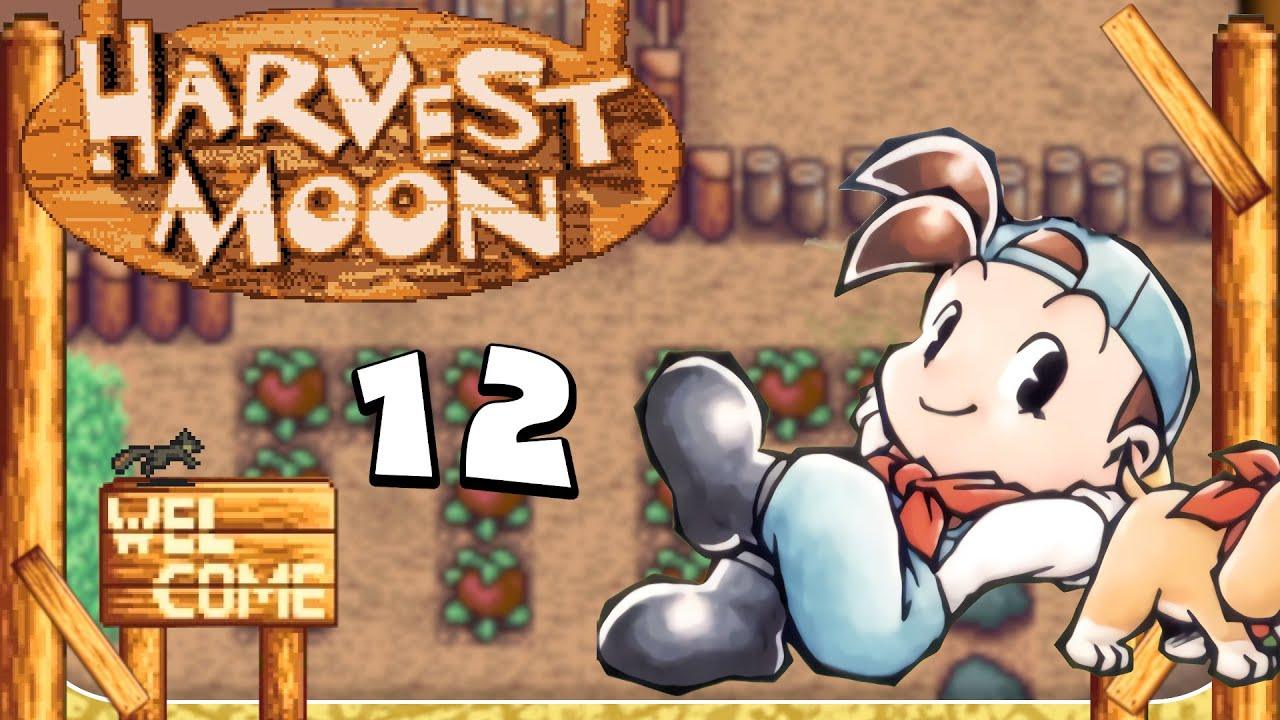Understanding the Harvest Moon and Its Cultural Significance

Introduction to the Harvest Moon
The Harvest Moon, known for its bright and majestic appearance, marks a significant event in the lunar calendar. Typically occurring in September or October, this full moon is traditionally associated with the autumn harvest period. As it appears closest to the autumn equinox, farmers relied on its light to extend their working hours during the harvest season. This natural phenomenon holds cultural relevance in various societies, celebrating the shift to a season of harvest and gratitude.
Historical Significance
The Harvest Moon has been observed for centuries across multiple cultures. In ancient agrarian societies, its bright glow provided farmers with additional light, enabling them to gather crops late into the night. For Native American tribes, each full moon had distinct names, with September’s moon termed the “Harvest Moon” due to the timing of harvest in the Northern Hemisphere. Many festivals are held during this time to celebrate the bounty of the crops and the community’s resilience.
Modern Celebrations and Observances
Today, the Harvest Moon is celebrated in various ways globally. In the UK, traditional harvest festivals take place in churches and community halls, where locals gather to give thanks for the season’s yield. These events often feature food, music, and local produce displays. Additionally, astronomy enthusiasts take the opportunity to observe this lunar event, view its spectacular rise, and partake in the traditions surrounding it.
Conclusion: A Time for Reflection
The significance of the Harvest Moon extends beyond farming; it is a time for reflection and community engagement. As the days grow shorter and the weather turns cooler, this full moon symbolises the importance of gratitude and togetherness. Looking forward, the annual celebration of the Harvest Moon will continue to foster a sense of unity and appreciation for nature’s cycles. Whether through cultural festivities or simple gatherings, this event remains a cherished part of our natural heritage.
